The Legend of the Christmas Stocking
What’s behind the holiday tradition of hanging hosiery on the fireplace?
![]()
“The stockings were hung by the chimney with care,
In hopes that St. Nicholas soon would be there.”
– A Visit From Saint Nicholas
As far back as 1823, when Clement Clarke Moore (or possibly Henry Livingston Jr.) wrote “A Visit From Saint Nicholas,” stockings were hung near the fireplace, awaiting a visit from Santa Claus. At the end of the poem, St. Nick “fill’d all the stockings; then turn’d with a jerk,/And laying his finger aside of his nose/And giving a nod, up the chimney he rose.”
Stockings have been an essential part of the Christmas tradition for centuries (except, briefly, in the mid-1800s, when the New York Times wrote that Christmas trees almost completely supplanted them as the tradition of choice).
The most popular legend about why stockings are hung at Christmas goes something like this: A recently widowed man and father of three girls was having a tough time making ends meet. Even though his daughters were beautiful, he worried that their impoverished status would make it impossible for them to marry.
St. Nicholas was wandering through the town where the man lived and heard villagers discussing that family’s plight. He wanted to help but knew the man would refuse any kind of charity directly. Instead, one night, he slid down the chimney of the family’s house and filled the girls’ recently laundered stockings, which happened to be drying by the fire, with gold coins. And then he disappeared.
The girls awoke in the morning, overjoyed upon discovering the bounty. Because of St. Nick’s generosity, the daughters were now eligible to wed and their father could rest easy that they wouldn’t fall into lonely despair. Whew! While obviously far-fetched, this tale of unknown origin and date is most widely referenced when it comes to the history of the Christmas stocking.

“’My father took this photo of me on Christmas Eve 1921, when I was 3,’ explains Doris Tonry of Elyria, Ohio.”
For some, the ritual has translated into hanging a nondescript sock (the bigger, the better, of course) pulled from Dad’s drawer.
For others, it has meant a personalized, decorated, maybe even handmade, foot-shaped bag hung year after year.
And sometimes, it means not hanging the stocking by a fireplace at all!
Whichever stocking set-up you prefer, there’s one more related factoid that’ll impress guests during your holiday party. Oranges tend to wind up in Christmas stockings, right? Ever wonder why? Some say it’s from a time when fresh fruit was more difficult to come by and finding an orange in your stocking was a huge treat. But a different version of that beautiful-daughters-distraught-father legend swaps the gold coins left by St. Nick with three gold balls left in each stocking. Understandably, the solid gold balls tradition isn’t so easy to replicate; that’s why their citrus look-alikes have found their way into stockings alongside tchotchkes and baubles, but hopefully not coal!

Dennison Manufacturing Co., Dealer’s Catalogue of Tags and Specialties, 1913-1914, Smithsonian Institution Libraries.
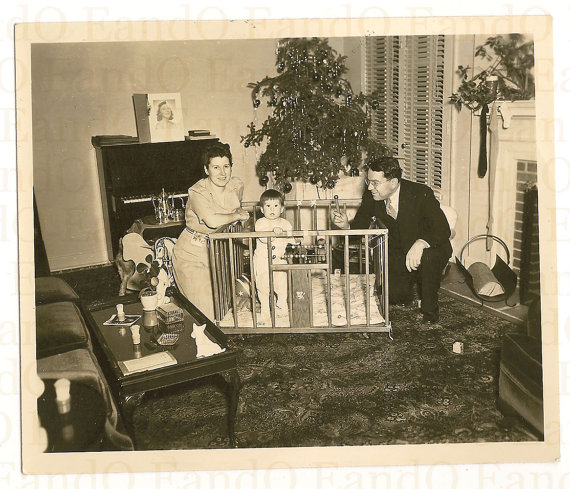
Man, woman, child with baby sock, stocking, and trouser sock hung by the chimney in the background, 1940s.
If you celebrate Christmas, what’s your stocking of choice? A tube sock, a silk stocking, the traditional red and white variety, or something else completely?
Read more articles about the holidays with our Smithsonian Holiday Guide here
/https://tf-cmsv2-smithsonianmag-media.s3.amazonaws.com/accounts/headshot/emily-spivack-240.jpg)
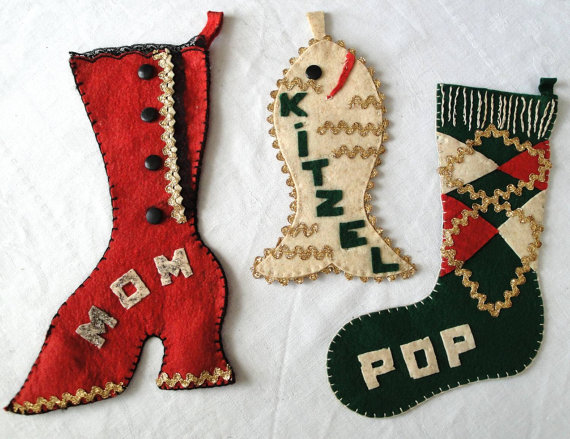
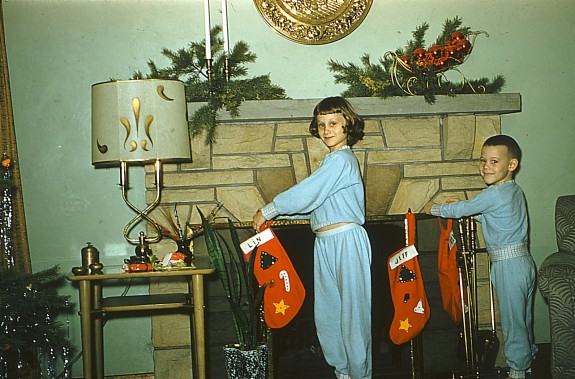
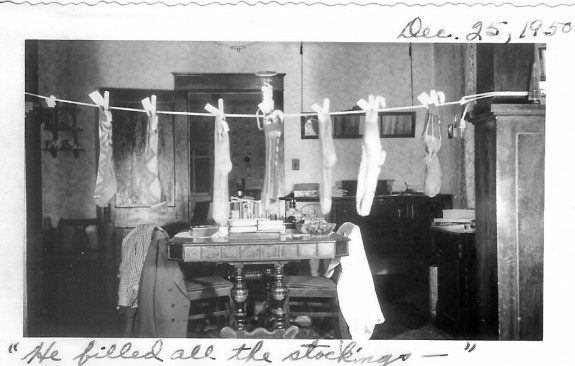





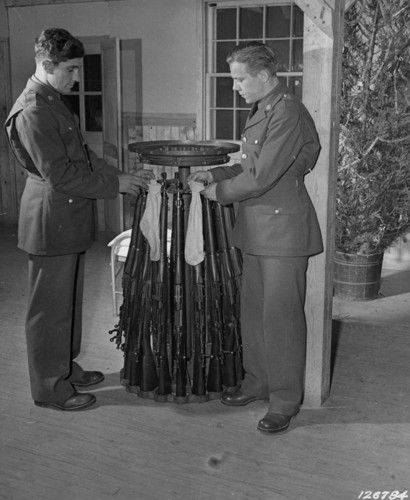
/https://tf-cmsv2-smithsonianmag-media.s3.amazonaws.com/accounts/headshot/emily-spivack-240.jpg)